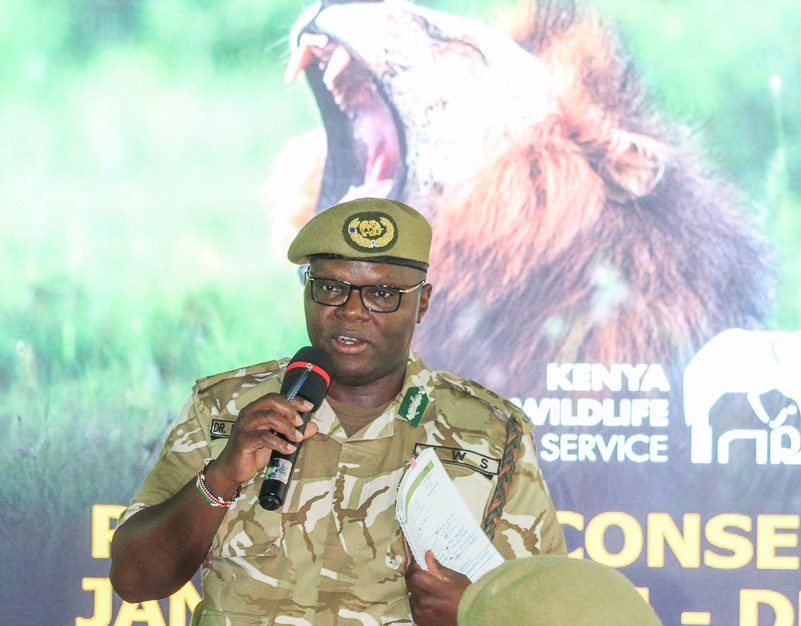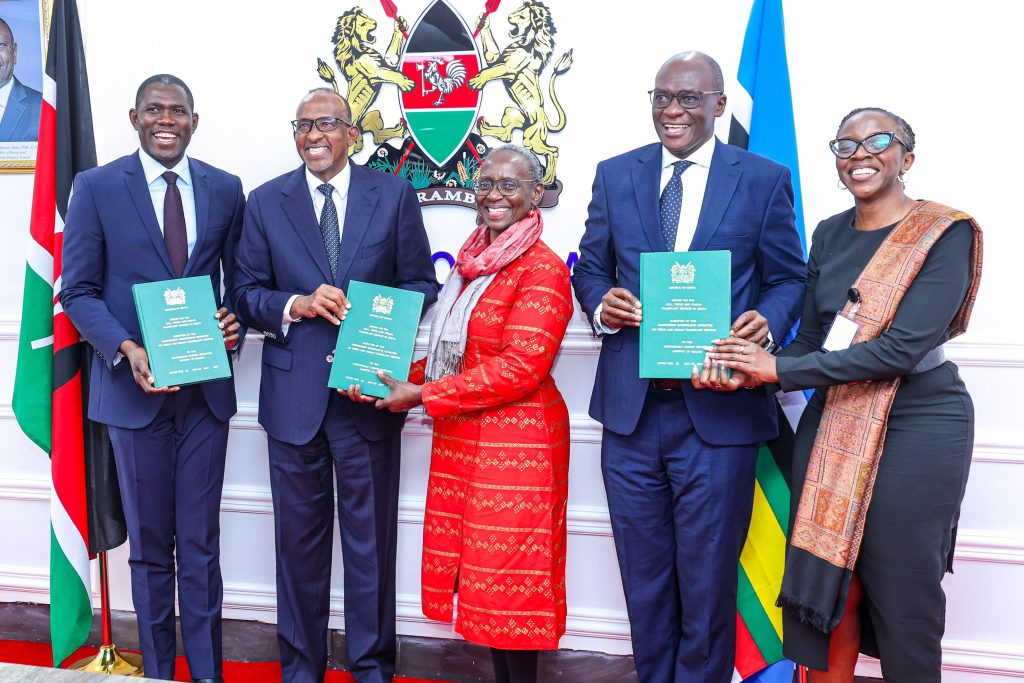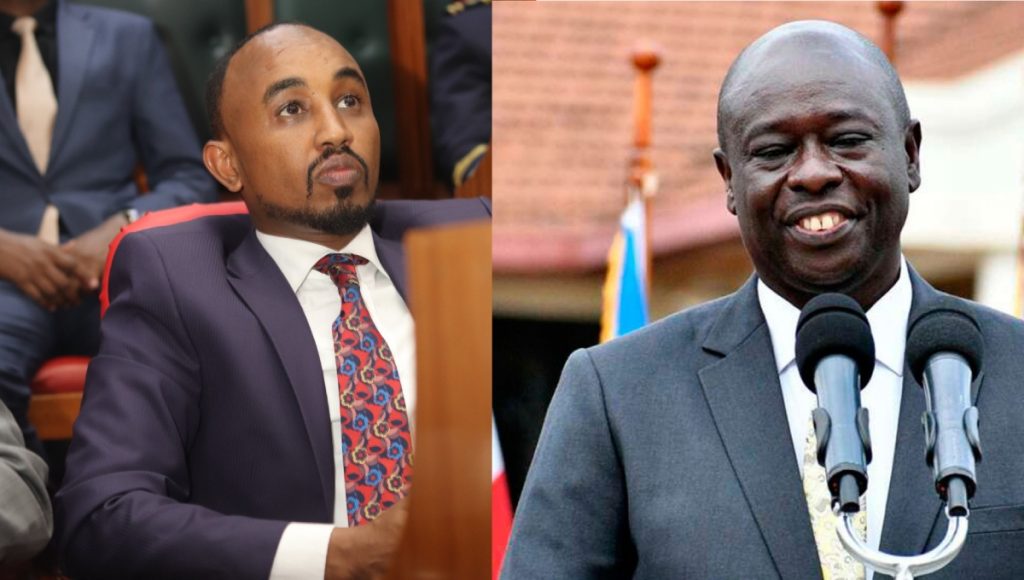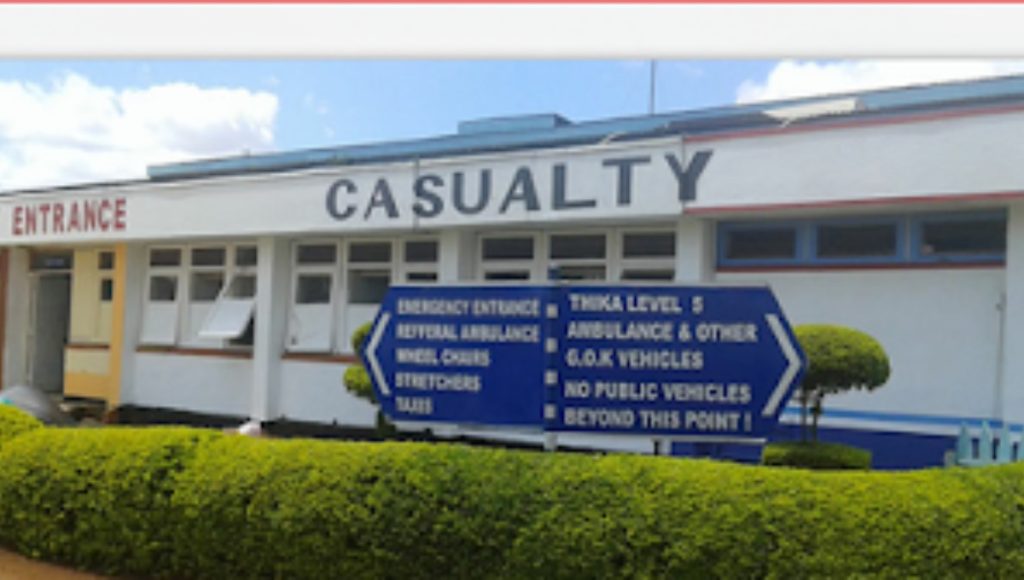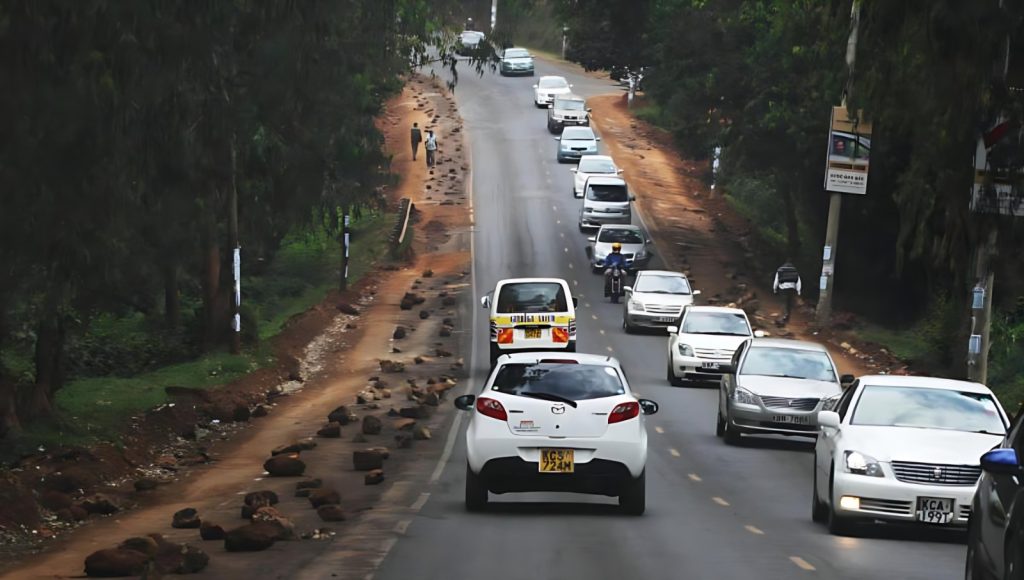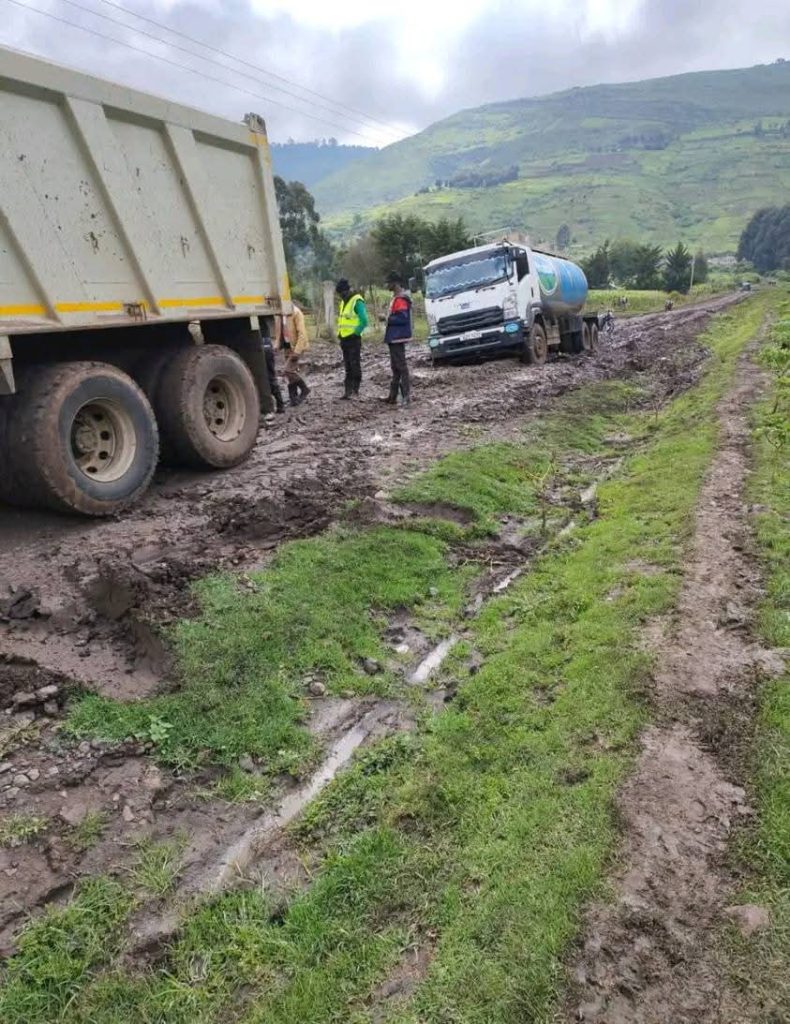In a bid to safeguard the future of Kenya’s wildlife and wildspaces, the Kenya Wildlife Service (KWS) has unveiled a bold proposal to review fees payable for access and conservation of national parks, national reserves, national marine parks, national marine reserves and national sanctuaries.
Through the Wildlife Conservation and Management (Access and Conservation) (Fees) Regulations, 2025, KWS hopes to address a KSh12 billion annual funding deficit, with this being the first time in 18 years that park fees are being reviewed.
On Tuesday, July 2022, KWS Director-General Prof. Erastus Kanga held a roundtable breakfast meeting at Nairobi’s Serena Hotel, just to appraise the country on the proposed review of conservation fees.
Acknowledging the fact that the last review was done in 2007, Prof. Kanga said that since then, the world has changed, Kenya has changed, and definitely the cost and complexity of conservation have changed too.
Why review park fees?
Since the last review in 2007, Prof. Kanga noted that; inflation and operational costs had soared, climate change and habitat degradation had intensified, human-wildlife conflict continues to escalate, while competition from other tourism destination has intensified.
“Our national parks are far more than scenic backdrops for safaris—they are the lifeblood of our tourism economy, the lungs of our ecosystems, vital water catchment areas, sources of renewable energy, anchors of the blue economy, providers of essential social services, and the very essence of our natural heritage,” Prof. Kanga said. “Yet the financial framework that governs access and conservation fees has remained static.”
In a candid conversation, Prof. Kanga highlighted why the status quo is not sustainable to them as a service, and Kenya as a country at large;
A grim picture
First, KWS manages around 20% of Kenya’s landmass—comprising of 8.8% protected areas and 11.2% conservancies.
Second, KWS’ portfolio includes 24 terrestrial national parks, 29 terrestrial national reserves, four marine parks, six marine reserves, eight sanctuaries, 154 stations, and 215 community conservancies.
Equally important, Prof. Kanga revealed that 90% of KWS’s internally generated revenue comes from conservation fees. These same fees fund approximately 3/4 of KWS total budget, only 28% of that budget goes directly into actual conservation work.
And in what Prof. Kanga describes as not merely a fiscal imbalance but “a strategic vulnerabilty”, just five parks—Amboseli, Nakuru, and Nairobi, Tsavo East, and
Tsavo West— account for nearly 80% of KWS’ total revenue.
“Without a realistic and sustainable fee structure, our ability to: secure wildlife and their habitats, equip and motivate our rangers, invest in human–wildlife conflict mitigation, empower local communities through benefit-sharing, upgrade park infrastructure and adopt cutting-edge conservation technology, and support the operations of a high-performing, future-focused organization will be severely compromised.”
According to Prof. Kanga, the proposed fee review is guided by four fundamental pillars;
- Financial Sustainability: “We must realign park fees with today’s economic and sustainability realities. Fuel, technology, infrastructure, and security costs have risen 30–50%. Ranger salaries need to remain competitive. A system built on outdated pricing cannot sustain modern conservation.”
- Conservation Imperatives: “Less than 0.5% of our budget goes directly to species and habitat management—an alarming figure for a conservation agency. We need to invest more in climate resilience, habitat connectivity, and innovation.”
- Equity and Inclusion: “Citizens and residents will continue to enjoy significantly subsidized access. For example, while non-residents may pay $60–$100, residents will pay as little as KES 600. In addition, 10% of all revenue will go to communities—supporting livelihoods, reducing conflicts, and creating shared value.”
- Global Benchmarking: “Our fees remain lower than comparable destinations: Rwanda’s gorilla permits: $1,500, Tanzania’s Serengeti entry: $ 80–100. We offer a world-class product at a fraction of the cost. This review ensures we reflect the true value of our natural capital.”
Other notable introduction and incentives
- Free entry for PWDs
- Free entry for senior citizens above 70 years
- Free entry for children below 5 years
- Introduction of African rate to attract increase inter Africa travel
- Group rates for conference and events in all parks
- Introduction of new immersive experiences in the national parks such as boating, fishing, water sports, ballooning, night game drives , ranger lectures,
translocation experiences amongst others.
He assured the the nation that the review process is not cast in stones, as it is consultative, inclusive and transparent.
“We will host public participation forums across the country—engaging: local communities, county governments, tour operators, NGOs, youth and conservation scientists, and the general public,” he said, adding, “Parliament will have the final say. Between now and then, the national conversation on the future of our conservation will depend on your editorial leadership.”
And while noting that the media is critical to this whole process, Prof. Kanga urged the editors to act as intermediaries between KWS and citizens, and to help them make sense of issues that are often technical, misunderstood, or politicized.
“We are here early in the process because we believe an informed public is an empowered public. And the public can only be informed if your storytelling is: grounded in facts, rich in context, and fair in tone,” he told the editors.
He also called upon the media to ensure that during this critical time, they amplify facts (help Kenyans understand where the money goes, what it enables, and what we risk without action), and mobilise participation (use their platforms to invite citizens to the upcoming public forums.
He also emphasised on the aspect of making the conservation a national conversation, not a KWS decree, and frame the narrative (the reviewed fee is not a “tax.” It is an investment in our shared legacy—a legacy of elephants, rhinos, lions, coral reefs, and sacred forests. Wildlife cannot speak for themselves we need to all running behind their sustainable conservation).



